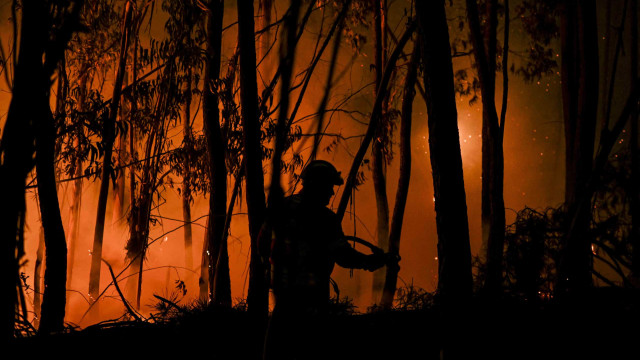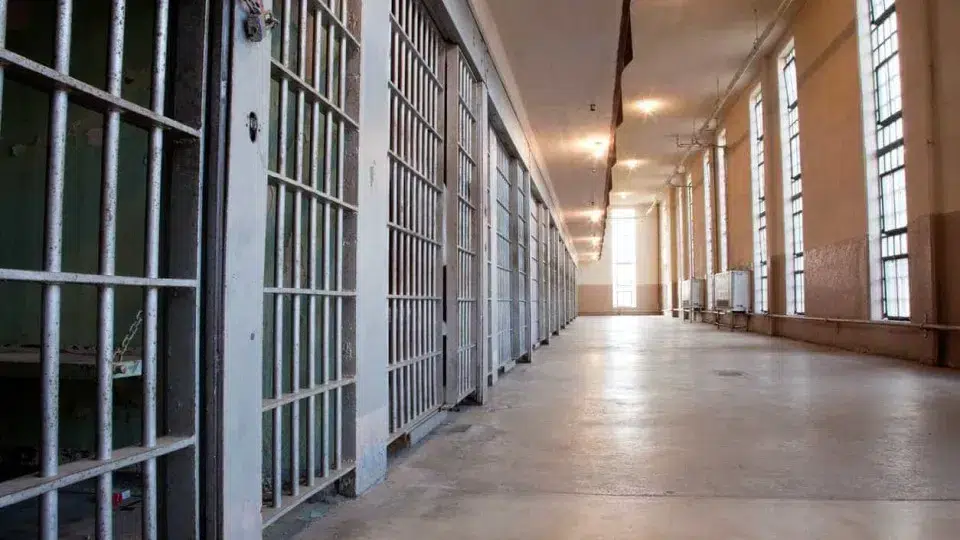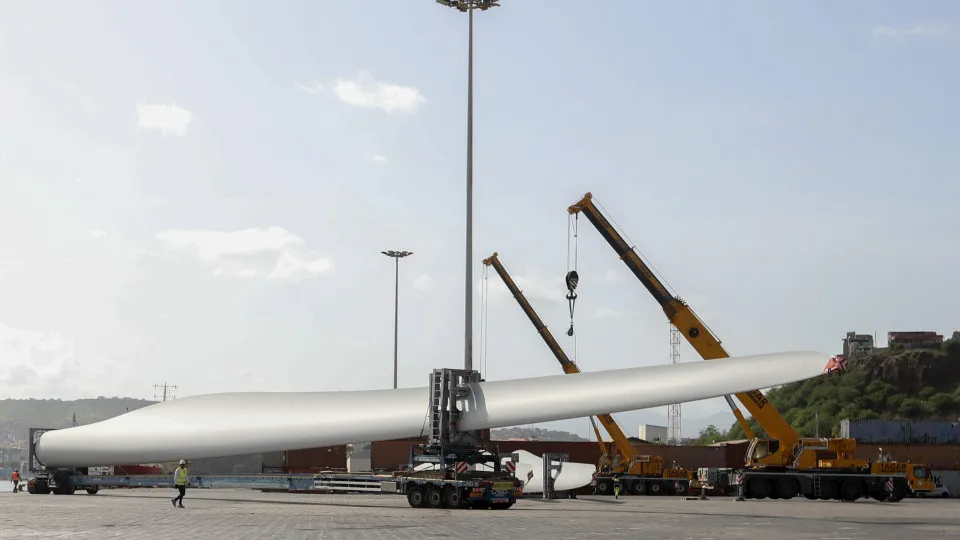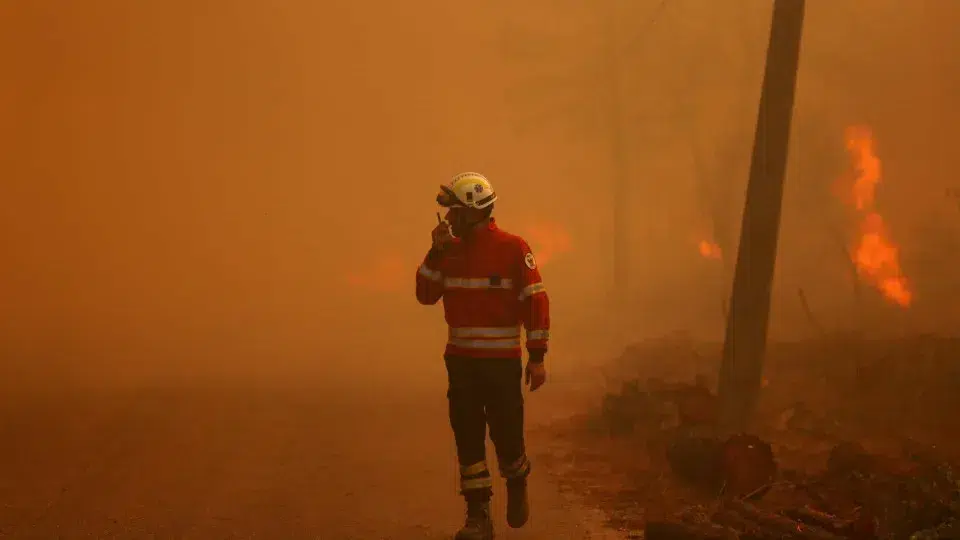The Minister of Agriculture, José Manuel Fernandes, expressed satisfaction with the “lowest number of fires on record” on Wednesday, following the reception of the 2024 Integrated Rural Fire Management System (SGIFR) Activity Report.
“The data confirms a positive trend in strengthening prevention: we recorded the lowest number of fires on record. This result demonstrates that enhanced surveillance, the performance of teams on the ground, and a focus on deterrence are having an impact,” wrote José Manuel Fernandes on X (formerly Twitter).
However, the Agriculture Minister expressed concern over the burned area, which increased compared to 2023.
Recebi hoje o Relatório de Atividades do Sistema de Gestão Integrada de Fogos Rurais 2024. Os dados confirmam uma trajetória positiva no reforço da prevenção: registámos o menor número de incêndios desde que há registos. Este resultado demonstra que o reforço da vigilância, a… pic.twitter.com/S840pwqNVC
— José Manuel Fernandes (@JMFernandesEU) June 25, 2025
“In just three days, more than 90% of the year’s total area burned. This figure underscores the urgency of implementing the Forest Intervention Plan, presented at the end of the previous legislature, based on forest value, resilience, property, and governance,” warned the Agriculture Minister.
At the end of the publication, he reinforced that “prevention is the most effective path to protect” the national territory.
From fatalities to damages. Other data from the report
Among the data in the report are also the number of fatalities and damages. In 2024 alone, rural fires caused 16 deaths, destroyed dozens of homes and industries, resulted in forest losses of 67 million euros, and emitted 0.69 megatons of carbon dioxide, the highest since 2017.
This report was delivered on Wednesday by the Agency for Integrated Rural Fire Management (AGIF) to Parliament and the Government.
“Despite this knowledge and the readiness of material and human resources, there were significant losses in several communities, resulting in 16 fatalities, dozens of homes and industries destroyed or damaged, and more than 135,000 hectares burned, with estimated losses of 67 million euros, in addition to the emission of 0.69 megatons of carbon dioxide equivalent, the highest value since 2017,” the document highlights.

The 16 fatalities—nine operational personnel, four victims of burns and sudden illnesses, and three direct victims—recorded in 2024 represented the highest number since 2017, when 119 people died in the fires.
According to the document, the total economic loss, including materials (timber, resin, cork), biomass for energy, fruits, and stored carbon, reached about 67 million euros last year, affecting 2.36 million cubic meters of wood.
AGIF reports that the most significant losses were in timber, resin, and cork (48.5 million euros), followed by stored carbon (15.8 million euros), biomass for energy (2.4 million euros), and fruits (357,000 euros).
The entity also reports that in 2024, rural fires resulted in the emission of 686,090 tons of carbon, the largest volume of the 2018-2024 period, but still 11% below the average value for the 2001-2017 period with 717,557 tons.
AGIF also suggests measures for “behavioral change” and prioritizing “measures to prevent alcoholism, dependencies, and mental health issues, in controlling and monitoring repeat offenders and in monitoring behaviors with visibility and deterrent capacity.”
“In the social dimension, the proportion of damage caused by arson, responsible for 50% of the burned area in the North and 75% in the Center, demands, once again, that public entities focus on measures for prevention and monitoring behaviors, with a reinforcement in their deterrent capacity. On the other hand, the reduction in the number of occurrences tends to decrease the risk perception not only among populations but also among decision-makers, which could jeopardize the priority given to preventing rural fires,” the report concludes.




